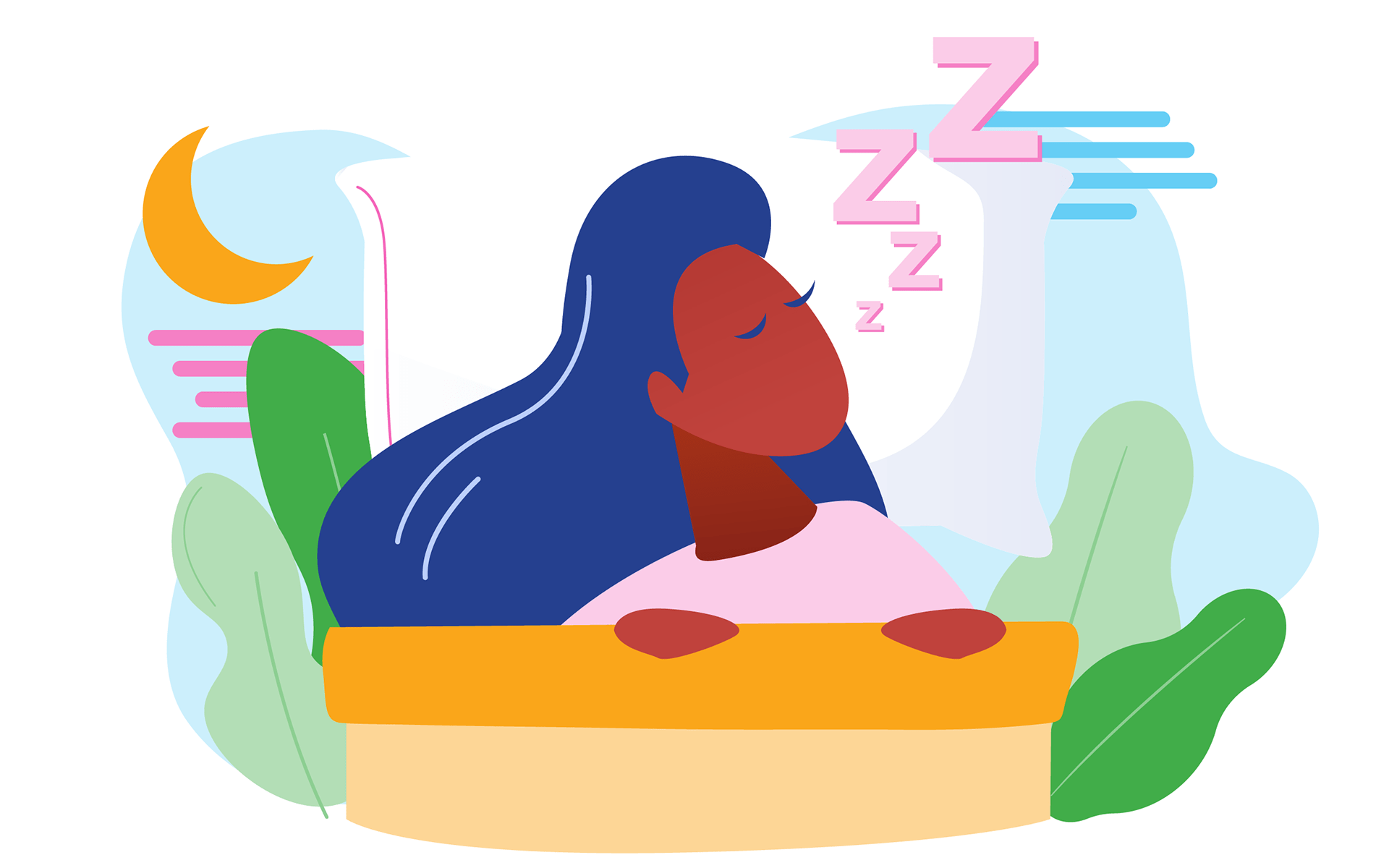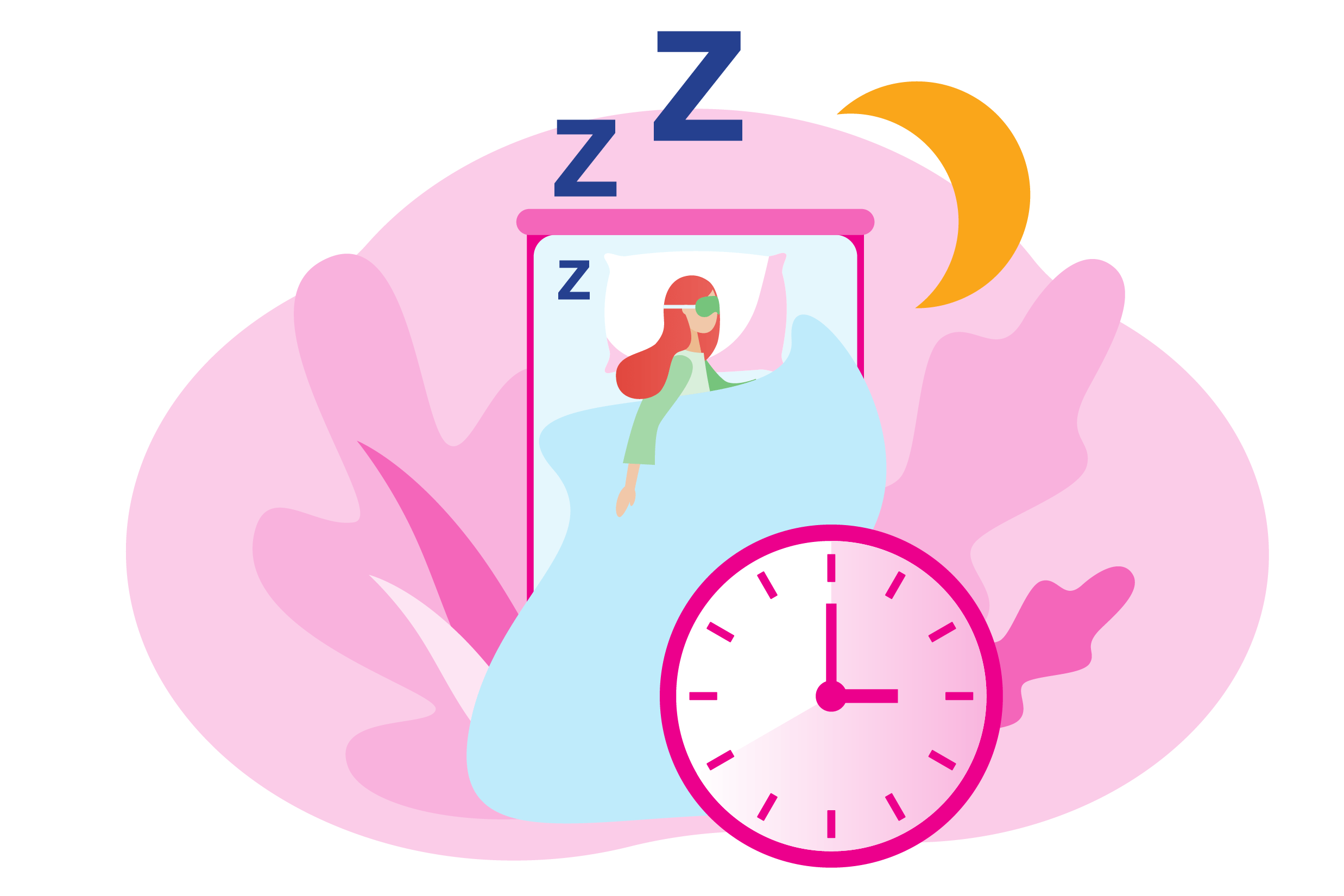Establishing a routine that recognizes the body’s natural response to light and dark can help keep your circadian rhythms in sync. Here are some expert-recommended strategies to move toward optimal circadian health.
1. Stick to a Sleep/Wake Schedule
Try to maintain a consistent sleepwake cycle (and thus a consistent dark-light cycle) by going to sleep and getting up at the same time every day. Try not to deviate more than an hour on weekdays, and more than two hours on weekends.
2. Consider the Quality of Light
Get as much daylight exposure as possible during the daytime. If natural light is not available, you can use bright, blue-enriched white light bulbs indoors. Sleep in the dark, at night, or wear an eye mask to block light from reaching the eyes.
3. Create Natural Wind-Down Lighting Between Dusk and Dark
Just as the sun goes down, you can mimic that fading light by minimizing bright light and moving toward a warmer orange light, which promotes sleep, ideally three hours before going to bed.
4. Pay Attention to Your Nighttime Light
Any light tells the brain it’s daytime, encouraging alertness, and suppresses melatonin, the hormone that tells the brain that it’s night. If needed, use a dim red-orange night light in the hall or bathroom.
5. Sleep at Night
Focus on getting all the sleep you need at night, so you don’t need a nap during the day. If you need to nap, make it short—no more than 20 minutes.
6. Eat Smarter
Avoid eating three hours before bedtime. Ideally, you want to consume more of your calories in the daytime when your metabolism is most active.
7. Practice Screen Hygiene
Dim the lights and don’t use screens within two hours of bedtime. The blue light emitted from TV, tablets, phones, and computers can have a delayed, negative effect on your sleep, even with the use of apps or eyeglasses that block blue light.
8. Establish a Wind-Down Routine
Create a transition time that separates day from night. Do something relaxing before bed, such as breathing exercises or yoga. This is a good way to calm the mind and body.
read more
Why Can’t I Sleep? 4 Tips for Better Rest
Getting back to sleep in the middle of the night is no small feat. In this short video, Michelle Maldonado offers four ways to help make going to bed—and staying asleep—easier.
Read More
The Ultimate Guide to Mindfulness for Sleep
Sufficient sleep heals our bodies and minds, but for many reasons sleep doesn’t always come easily. Mindfulness practices and habits can help us fall asleep and stay asleep. Consult our guide to find tips for meditation, movement, and mindfulness practices to ease into sleep.
Read More
A Gentle Practice to Wind Down Before Bed
Wired at bedtime? Calm your whole body with this set of soothing breathwork and stretches from Sara Ivanhoe.
Read More








